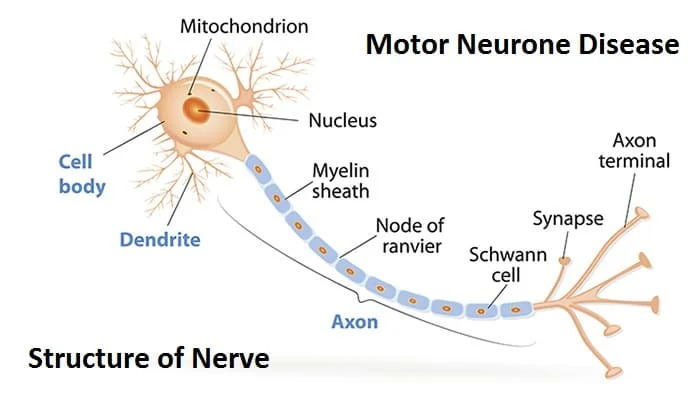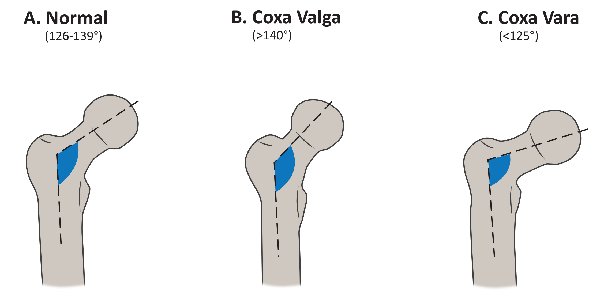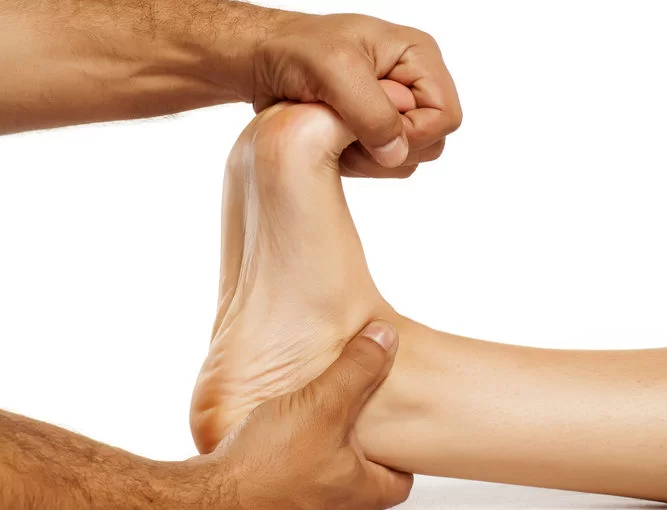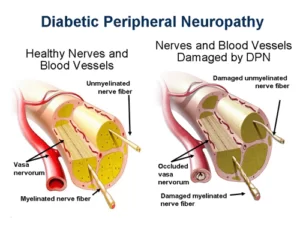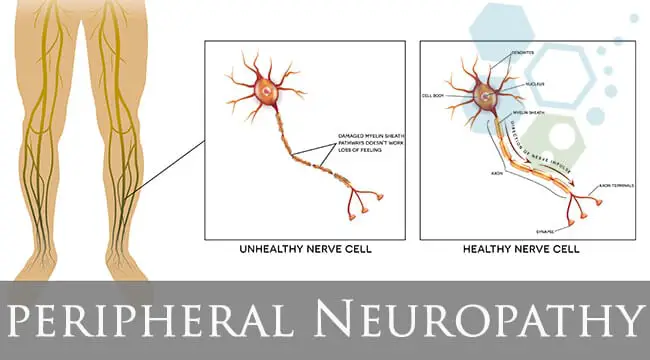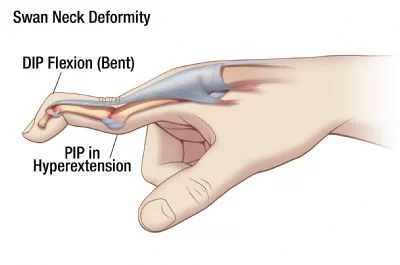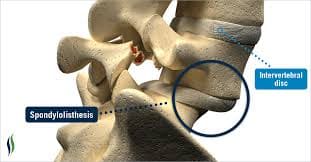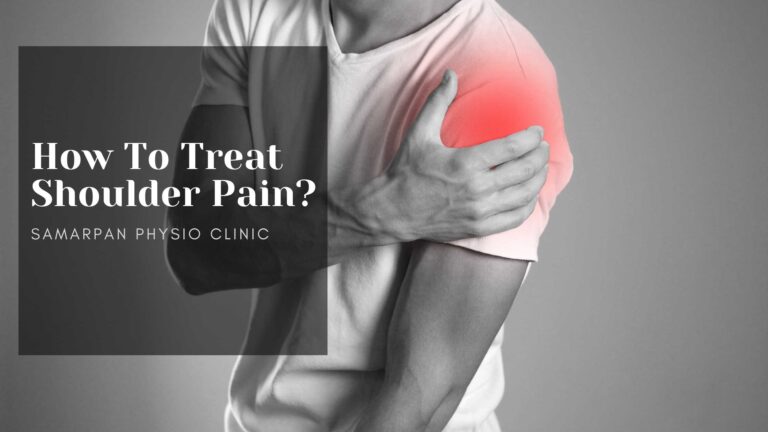FRENKLE’S CO-ORDINATION EXERCISE
What is a Frenkel’s Exercise? The Frenkel’s exercise was created by Heinrich Frenkel to help individuals with ataxia, to improve coordination and proprioception. With these exercises, the central nervous system is trained by carefully repeating activities, especially in the lower limbs, while maintaining a high level of focus. There are three ways to perform the…


